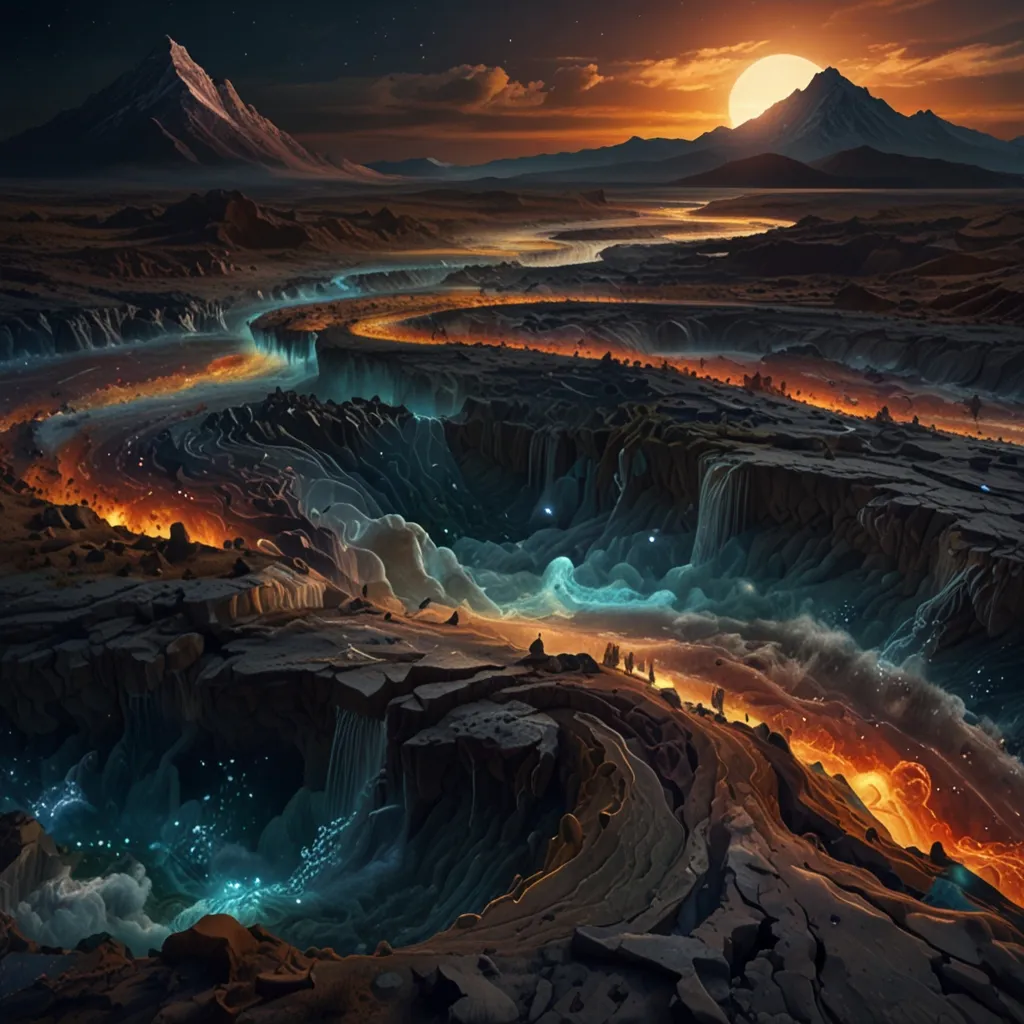The Earth has been home to countless species since its formation, but the chilling truth is that 99% of them are no longer with us. These disappearances mainly occurred during mass extinction events, which are times when a significant number of species are wiped out. There have been five such mass extinctions in Earth’s history. While these extinctions often happen over long periods, some occur very suddenly and unexpectedly, leaving scientists to ponder if we’re on the cusp of a sixth. Some experts even argue that it has already started. Regardless, the pressing question is: can anything be done to halt another devastating event?
Our planet is dynamic and ever-changing. The Earth’s climate, the core beneath our feet, and the very ground we walk on are in a constant state of flux. Take earthquakes, for instance. The science of earthquakes, seismology, although advanced, still lacks the ability to predict these natural phenomena accurately. Numerous tragic quakes like the 1976 Tangshan earthquake in China and the 2010 Haiti earthquake serve as stark reminders of their destructive power, claiming hundreds of thousands of lives.
Mainstream science often resists exploring alternative theories for predicting such disasters. Historically, many revolutionary ideas faced ridicule before gaining acceptance; from continental drift to the notion that an asteroid impact resulted in the dinosaurs’ extinction. The reluctance to embrace new ideas isn’t new. During the 1980s, a geologist named Jim Berkland gained attention for predicting earthquakes more accurately than contemporary scientists, yet faced skepticism and obstruction from authorities. His method went beyond conventional geophysics, considering gravitational pulls and even animal behavior.
The debate over how Earth changes occur features two schools of thought: gradualists, who see these changes as slow and steady over millions of years, and catastrophists, who view them as sudden and drastic due to events like volcanic eruptions or meteor strikes. Evidence increasingly suggests that the catastrophists may be onto something. A compelling idea is that our planet’s core rotations, which occasionally slow or stop, could influence seismic activity. Such shifts in the Earth’s core generate changes in the magnetic field, potentially leading to significant geological and surface-level impacts.
Jim Berkland wasn’t the only one exploring unconventional thinking. Meteorologist Kevin Martin also hypothesized about the connections between weather, solar activity, and earthquakes. Both Berkland and Martin predicted significant earthquakes with an uncanny degree of accuracy, overshadowing mainstream scientific predictions, which continue to falter.
Speculative theories surround the potential weaponization of environmental forces, reminiscent of Cold War-era paranoia. There are suggestions of technology capable of influencing weather patterns or even creating artificial earthquakes, causing concern over the implications of such power falling into the wrong hands.
For ages, we’ve been intrigued by the mysterious objects in space like Planet X, or the nemesis theory—the possible existence of an unseen body influencing Earth’s cosmic environment. These ideas propose that our solar system might companion a dark star or massive planet, affecting the gravitational and electromagnetic fields we experience.
Moreover, larger cosmic structures, such as the Radcliffe wave—a colossal wave of stars and gas affecting our galaxy, hint at external forces impacting the solar system over long cycles. When mapped against Earth’s history, these cosmic cycles vaguely match with the extinction intervals, raising significant questions about the coincidences or interconnections in the universe.
Then there’s the fascinating aspect of astrology. While often dismissed as pseudoscience, the behavior of electromagnetic signals and solar energy might actually have some hidden correlations with planetary positions, as studies by astronomers and engineers in the 20th century intrigued us with unexpected results, challenging the foundations of mainstream physics.
All these intertwined concepts underline a substantial gap in how mainstream science approaches such phenomena. Ego, funding, and entrenched power structures often inhibit groundbreaking ideas. These barriers discourage the kind of inventive and out-of-the-box thinking necessary to anticipate and perhaps even prevent extinction events.
The stakes are incredibly high. As technology and our understanding of the universe evolve, it’s crucial to give voice to unconventional ideas and the scientists willing to venture outside of academic comfort zones. Just like societies that have had to adapt to new discoveries and redefine their place in the universe, the scientific community must be willing to rethink its paradigms to adequately prepare for and possibly avert future calamities.
In the face of potential extinction, humanity’s resilience, adaptability, and innovative spirit will be our strongest assets. While no solution is straightforward, embracing a broader perspective could prove essential in ensuring that our planet remains a vibrant cradle for life—not just now, but for millions of years to come.






